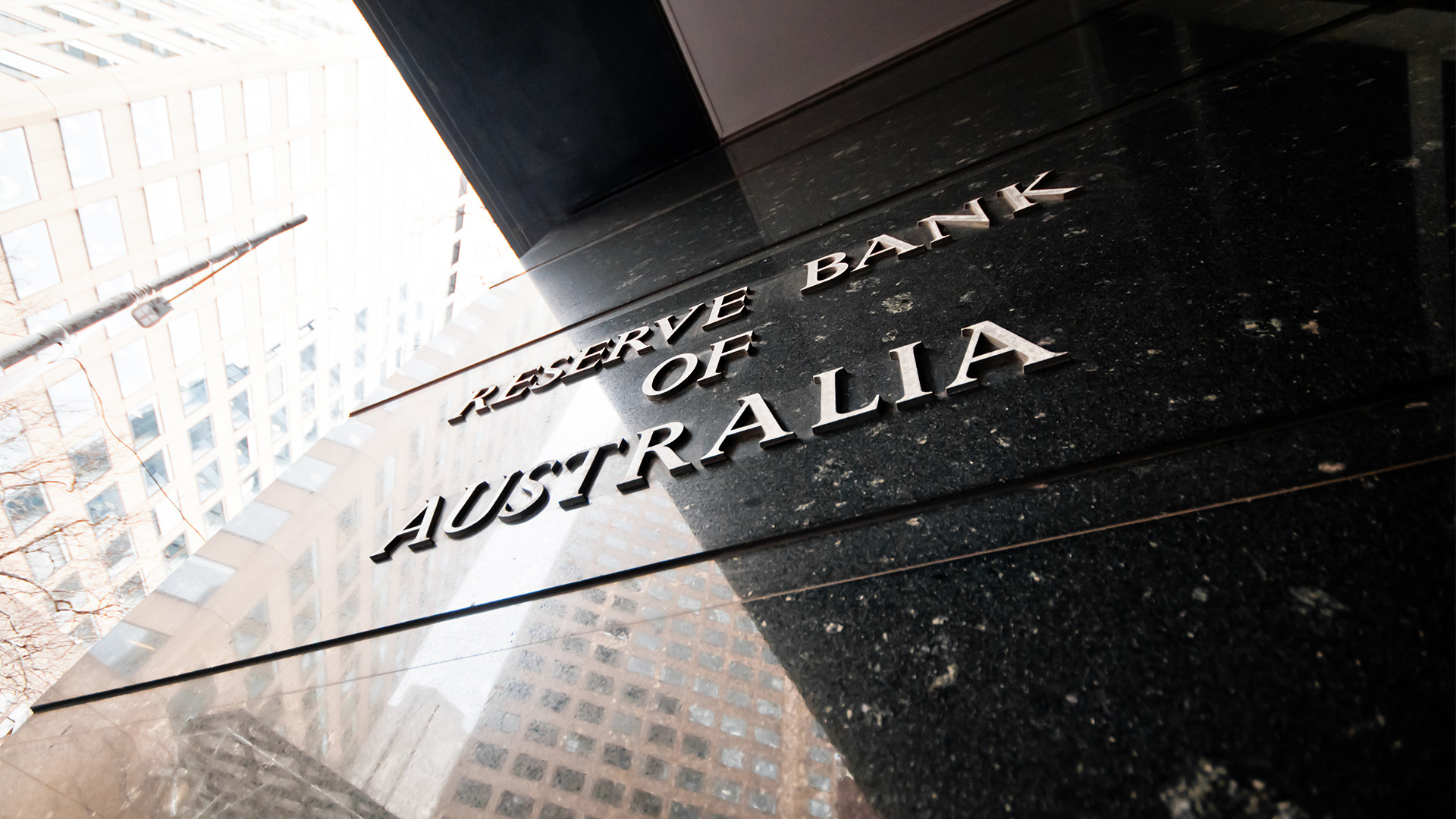For the fourth time since becoming Reserve Bank Governor, Michell Bullock has emphasised the central bank’s policy primacy in controlling prices by raising interest rates if inflation proves challenging to reduce.
Less than a day before the release at 11:30 am on Wednesday of the Consumer Price Index for the September quarter and the CPI’s monthly indicator for September, Ms. Bullock reiterated previous comments made earlier this month. She suggested that another rate hike might be necessary if inflation proved to be ‘sticky.’
The minutes of the October board meeting, her first as Governor, contained this statement: “The Board has a low tolerance (as repeated in last night’s speech) for a slower return of inflation to the target than currently expected.”
“Whether or not a further increase in interest rates is required would, therefore, depend on the incoming data and how these alter the economic outlook and the evolving assessment of risks.”
This sentiment was echoed in the post-meeting statement on October 3, in her ‘fireside chat’ a week ago at a finance conference, and in her speech on monetary policy last night at a conference sponsored by the Commonwealth Bank.
Her message aligns with the stance of other central banks in recent months, such as the Fed, the RBNZ, the Bank of England, and the European Central Bank.
Before the release of the September-quarter Consumer Price Index on Wednesday, Bullock suggested that while inflation could ease with the current cash rate of 4.1 percent, rates might have to increase.
Economists anticipate that consumer prices, partly driven by the spike in oil and petrol prices, will have risen by 1.1 percent in the past quarter. The annual rate of inflation, which peaked at 7.8 percent in December, is expected to fall to an annual rate of 5.3 percent from 6 percent in the March quarter.
The monthly indicator for August was 5.2 percent, but it is expected to rise to 5.4 percent due to the surge in petrol prices last month.
If the two pieces of data show conflicting trends, brace yourself for a week of headlines and speculative forecasts about what the bank will or won’t do ahead of the RBA board meeting next Tuesday.
In her speech, Ms. Bullock signaled that the central bank would closely examine the inflation figures and whether prices were coming down fast enough under current interest rate settings.
(That is not new ‘news’; the RBA does that every quarter.)
“It is possible that this can be done with the cash rate at its current level, but there are risks that could see inflation return to target more slowly than currently forecast,” she said.
“The [bank] board will not hesitate to raise the cash rate further if there is a material upward revision to the outlook for inflation. At the same time, the board is mindful that growth in demand and the rate of inflation have been moderating, and that there are long lags in the transmission of monetary policy.”
Bullock emphasised that the bank was mindful of trying to bring inflation down without damaging the job market.
She also stressed the importance of ensuring that the public had confidence that the Reserve Bank would return inflation to its target band of 2 to 3 percent. If those expectations shifted, and people believed inflation would be higher for longer, the Reserve would have to tighten monetary policy even further.
“The board has been clear that it has a low tolerance for allowing inflation to return to target more slowly than currently expected,” she said. “Accepting this would risk eroding public credibility in our commitment to low and stable inflation.”














